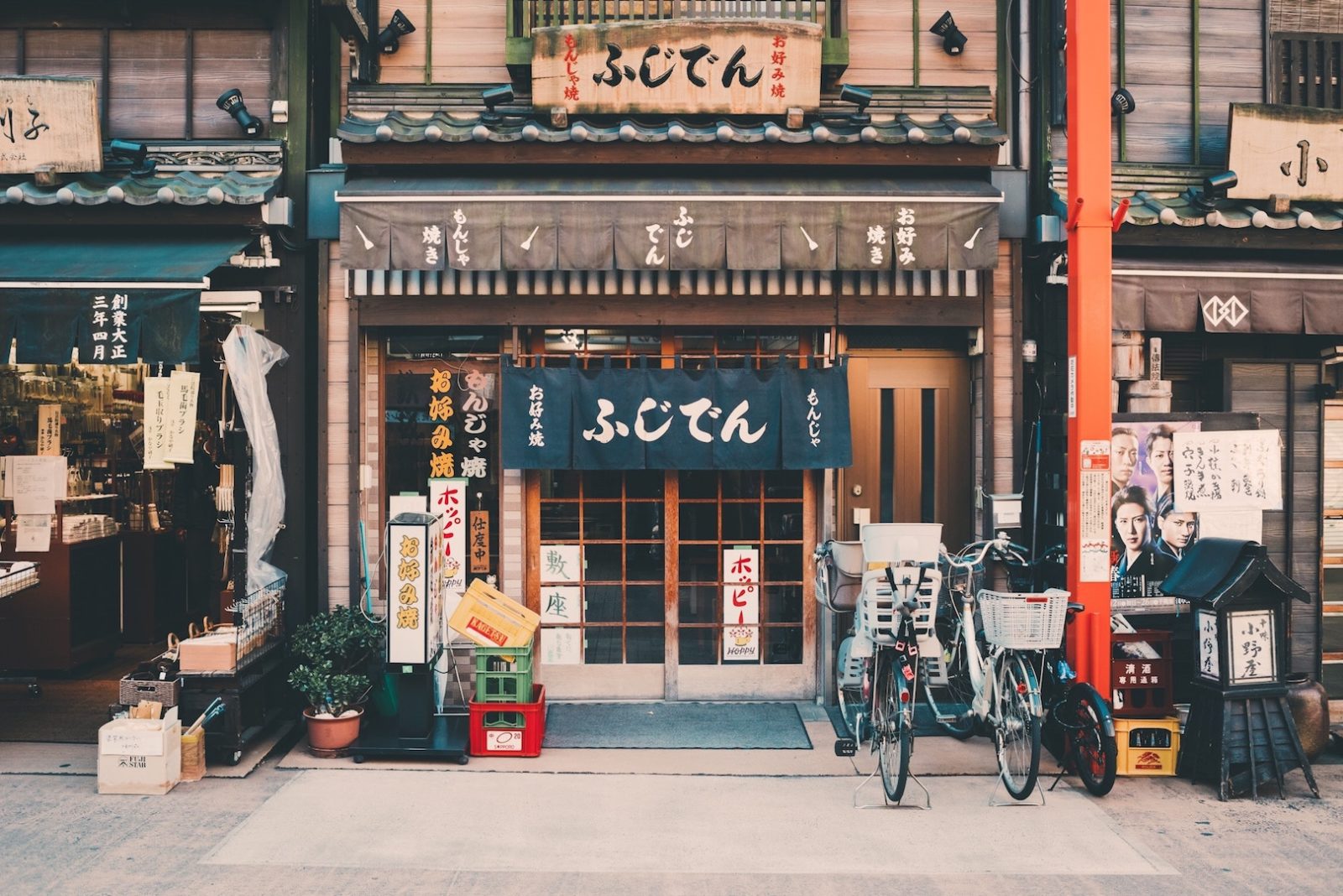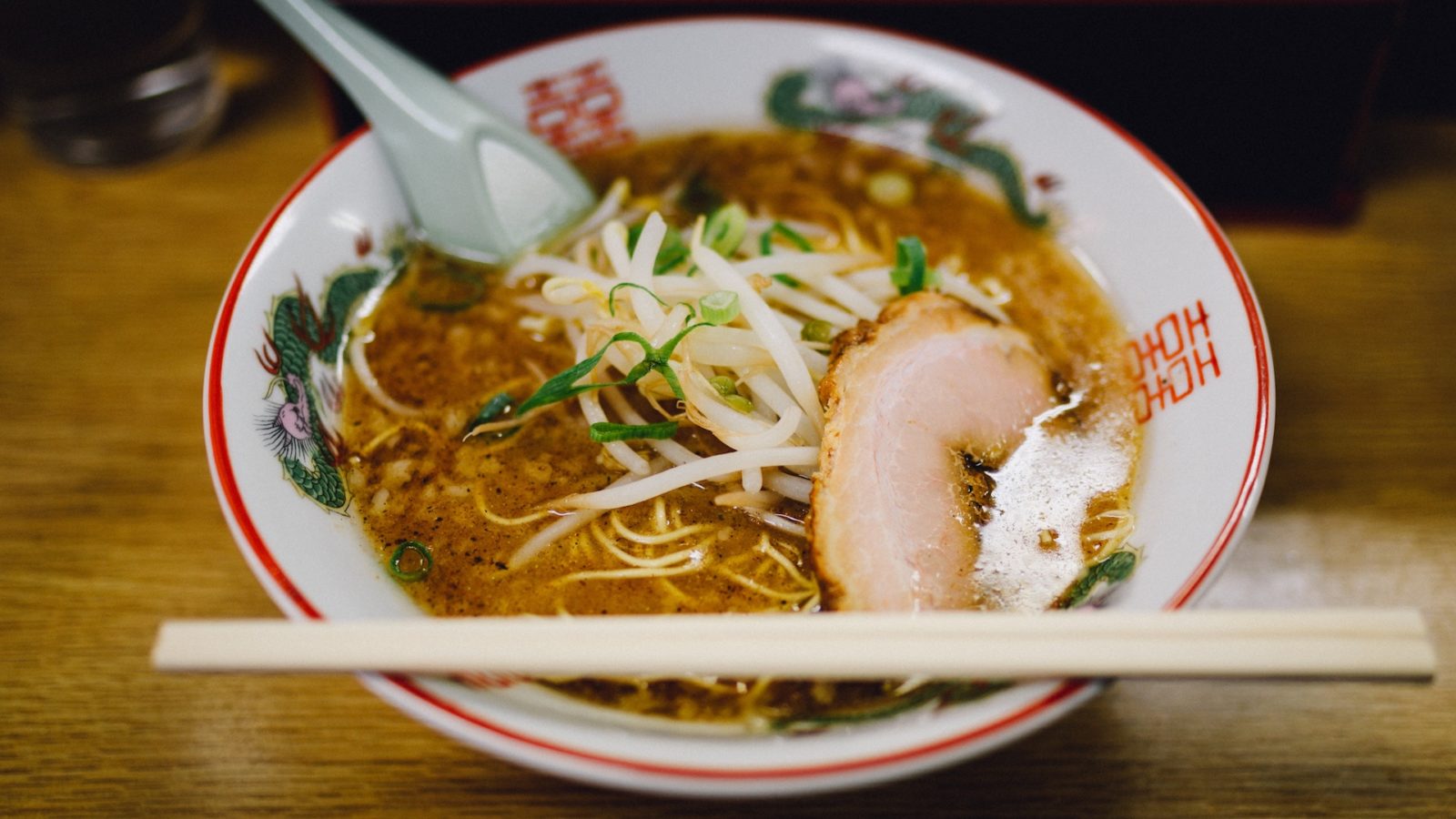
England are in the final! And if the rocketing cost of tickets (the cheapest comes it at nearly £1400) isn’t enough to put you off, then perhaps you’re hastily booking your trip to the Land of the Rising Sun. As such, you need a quick and easy guide to how things are done on the other side of the world, so you can assimilate seamlessly and make some friends along the way. With that in mind, and with the help of, Kyoto Travelers Inn here’s 5 IDEAL etiquette tips to learn before your trip to Japan.
GET TO GRIPS WITH CHOPSTICKS
Japanese cuisine is some of the best in the world and no trip to Japan would be complete without dining out. Part of that involves using chopsticks. Japan takes the dextrous use of chopsticks very seriously indeed and knowing a little about the correct way to use them can go a long way.
When sharing dishes in a group, diners should make a note not to eat directly from common dishes and understand that it’s considered rude to hover their chopsticks over dishes when choosing what to eat. Instead, decisively but gently select your item and place it in your own bowl before raising it to your mouth.
Chopsticks should not be licked or used to give food to others and when taking a pause during a meal, the utensils should be placed parallel to each other on a chopstick holder and never placed crossed or upright in rice as this resembles a ceremony performed at Japanese funerals.

REMOVE YOUR SHOES BEFORE ENTERING A TATAMI ROOM
For those looking for an authentic Japanese experience, hotels such as Kyoto Traveler’s Inn offers guests the chance to stay in traditional accommodation with futon bedding and tatami flooring. Tatami is a type of mat traditionally made from rice straw that is used as flooring in Japanese rooms and was originally a luxury that only the wealthy could afford. Before entering a tatami room, shoes and slippers must be removed. A futon bed is provided for guests and these are kept folded during the day and set out in the evening after dinner. Large cushions are used for sitting at low tables in tatami rooms and travellers should note that it is considered impolite to step on cushions other than your own.
RESPECT THE GEISHAS
Geishas have to spend at least five years in training as an apprentice – also known as a ‘maiko’ – to perfect their abilities to play musical instruments, dance and host games for guests. While photographs of geiko and maiko are permitted, visitors should respect the personal space of the women and make sure they do not interrupt their journey or invade their personal space.

BARE ALL IN THE BATHS
The hot spring communal baths in Japan are probably the most daunting part of Japanese culture for most travellers. But those brave enough to take to the geothermally heated waters at onsens, ryokans and daiyokujos are rewarded. Firstly, travellers must be prepared to bare all as no clothing or swimwear is permitted when bathing in an onsen or public bath. Next, a seated (not standing) shower must be taken prior to entering the bath and those with long hair should tie this up in a hairband or towel. Lastly, no alcohol is permitted inside a public bath and since tattoos are considered somewhat of a taboo in Japan, those with ink should make sure to cover their body art with plasters or bandages.
THERE ARE DIFFERENT TYPES OF BOW
Greeting bow, respect bow, highest respect bow; learn them all and when each is appropriate. And deliver them with frequency and enthusiasm. Of course, some leeway will be granted for not knowing when or how to execute the perfect bow, as you’re a foreigner and not in tune with local customs. But, being able to judge a situation and its necessary gesture will earn you some serious brownie points. As a general rule, a curved back is to be avoided; a straight one very much encouraged.





